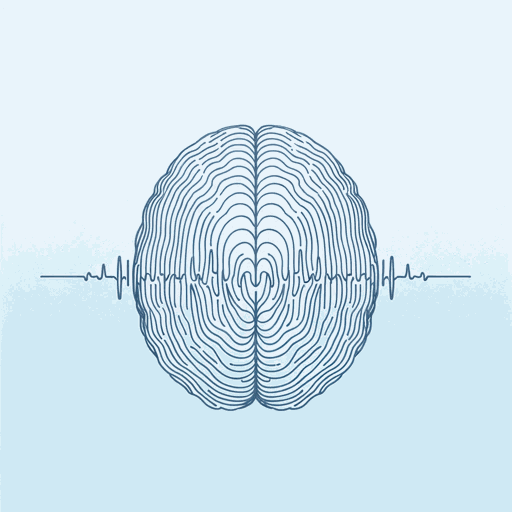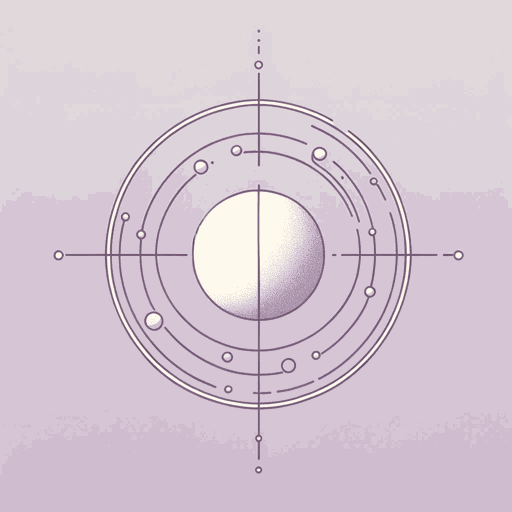30 pages • 1 hour read
Ursula K. Le GuinThe Dispossessed
Fiction | Novel | Adult | Published in 1974A modern alternative to SparkNotes and CliffsNotes, SuperSummary offers high-quality Study Guides with detailed chapter summaries and analysis of major themes, characters, and more.
Themes
Capitalism and Inequality
As an individual from a planet with no government and a socialist structure, Shevek is deeply skeptical of Urras’ capitalism. His time in A-Io returns repeatedly to scenes that critique capitalism’s effects. When he visits the “nightmare street” where goods are sold, he is astonished that artisans are not the ones selling their own goods. His commentary on the ways in which labor is hidden, divorced from the products that are ultimately sold in markets, is in fact similar to Karl Marx’s idea of commodity fetishism.
Shevek’s encounters with the poor further trace the ways in which capitalism creates inequality. His servant, Efor, describes the differences between hospitals and other public services accessible to the poor, on one hand, and the rich, on the other. As he escapes the university and joins striking workers, he learns more about the injustices they face, as they are forced to fight wars on the behalf of the monied class. Finally, when the Ioti army is sent in to massacre civilians, he sees their ultimate disposability in the eyes of the ruling elite.
Capitalism creates inequality between the rich and the poor, and it is also linked to gender inequality and racism, as are discussed in the following two sections.
Related Titles
By Ursula K. Le Guin

A Wizard of Earthsea
Ursula K. Le Guin

Lavinia
Ursula K. Le Guin

The Lathe Of Heaven
Ursula K. Le Guin

The Left Hand of Darkness
Ursula K. Le Guin

The Ones Who Walk Away from Omelas
Ursula K. Le Guin

The Tombs of Atuan
Ursula K. Le Guin

The Word for World is Forest
Ursula K. Le Guin

